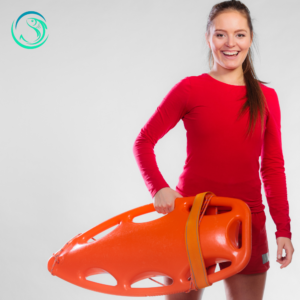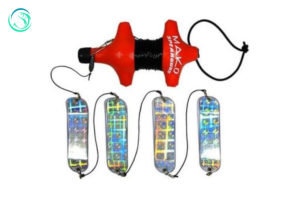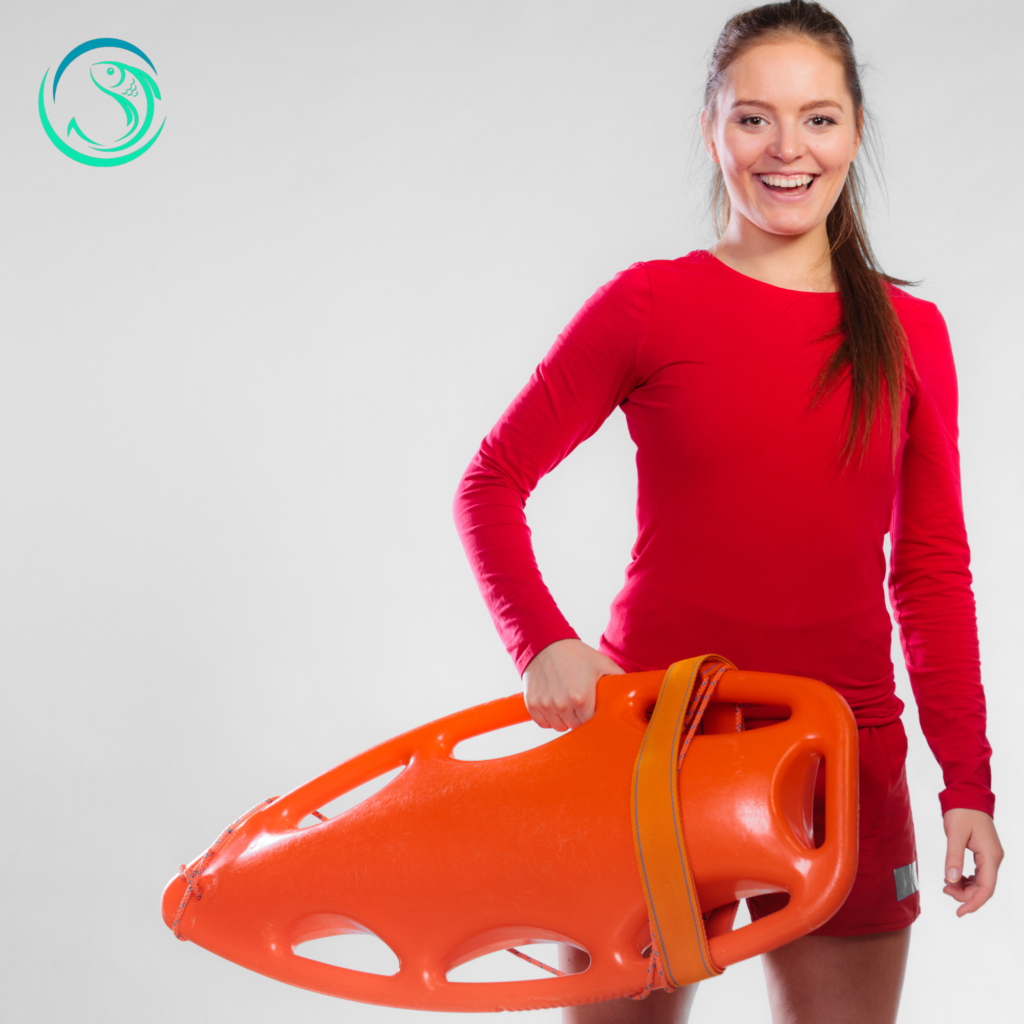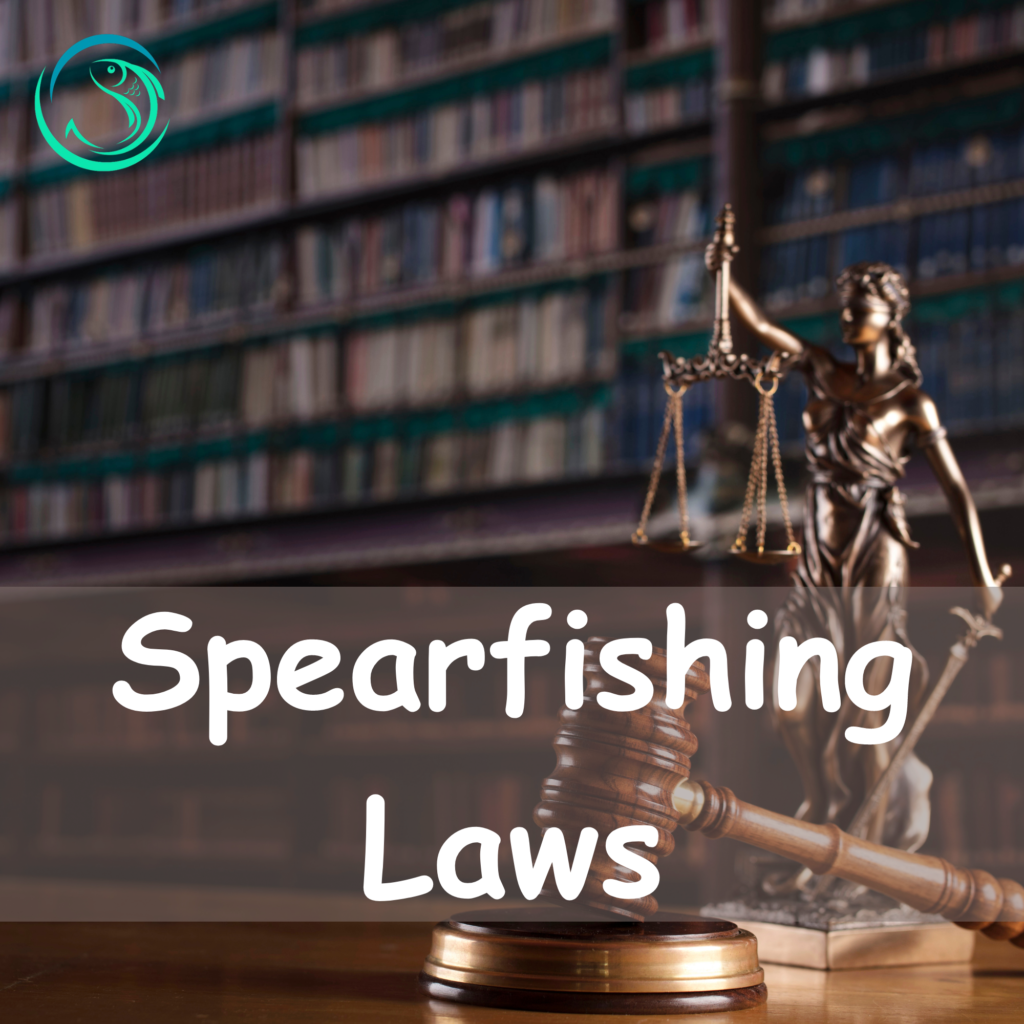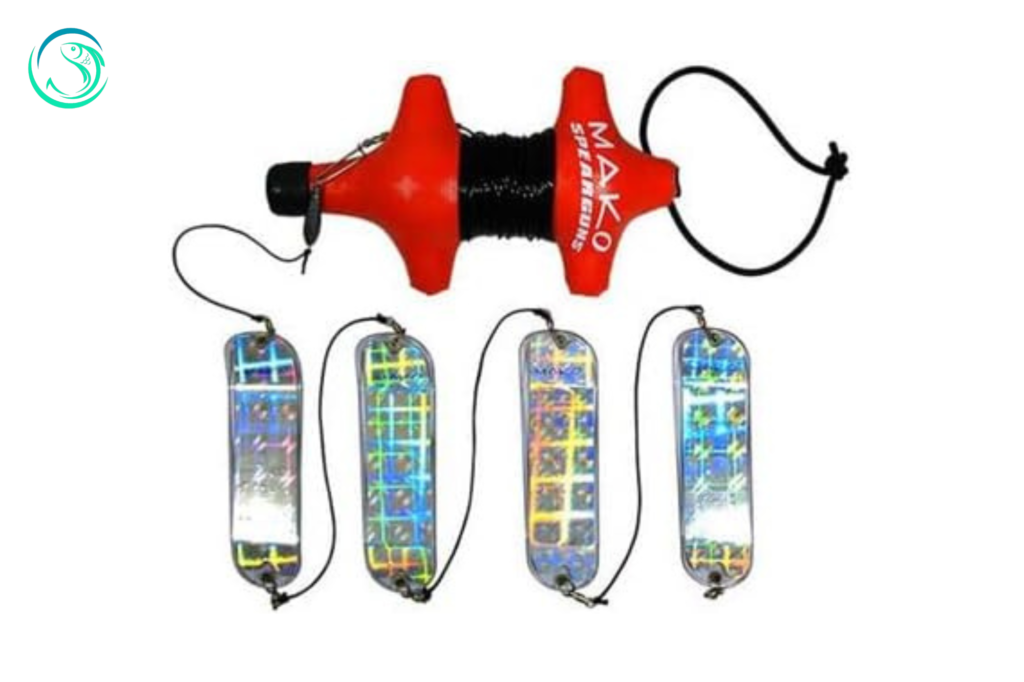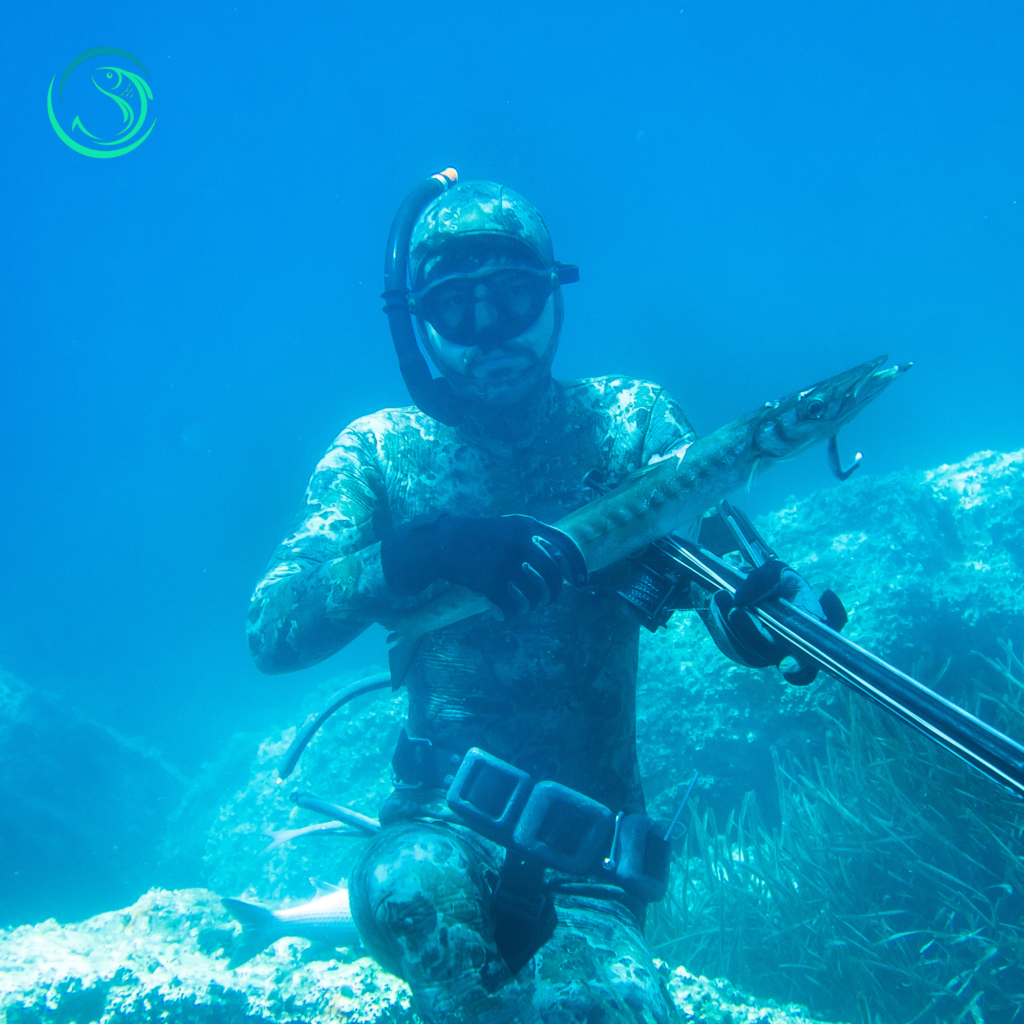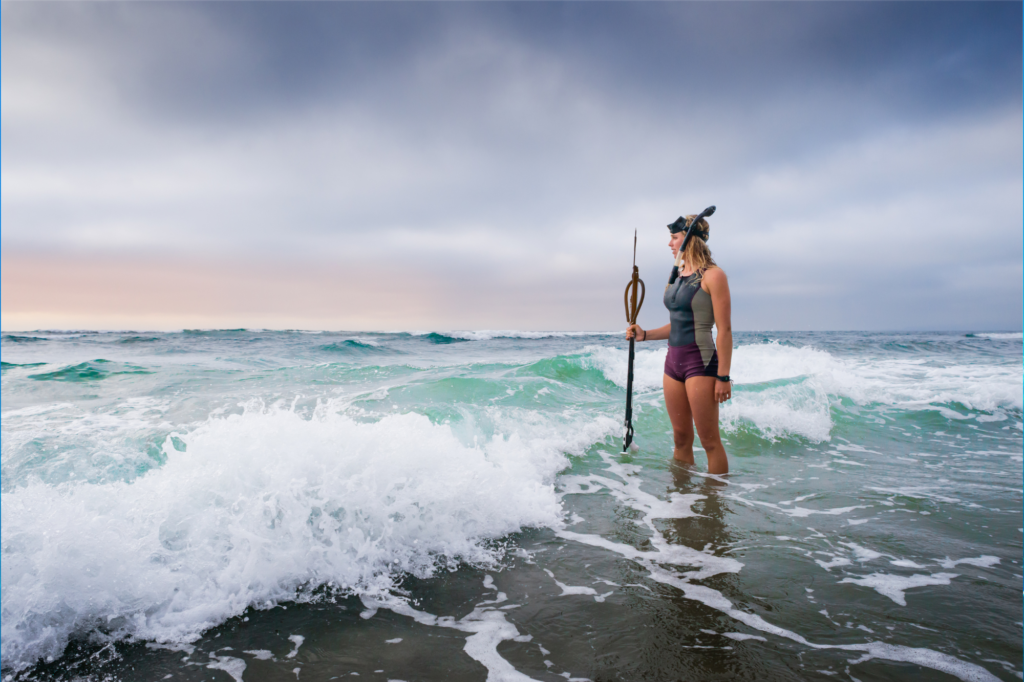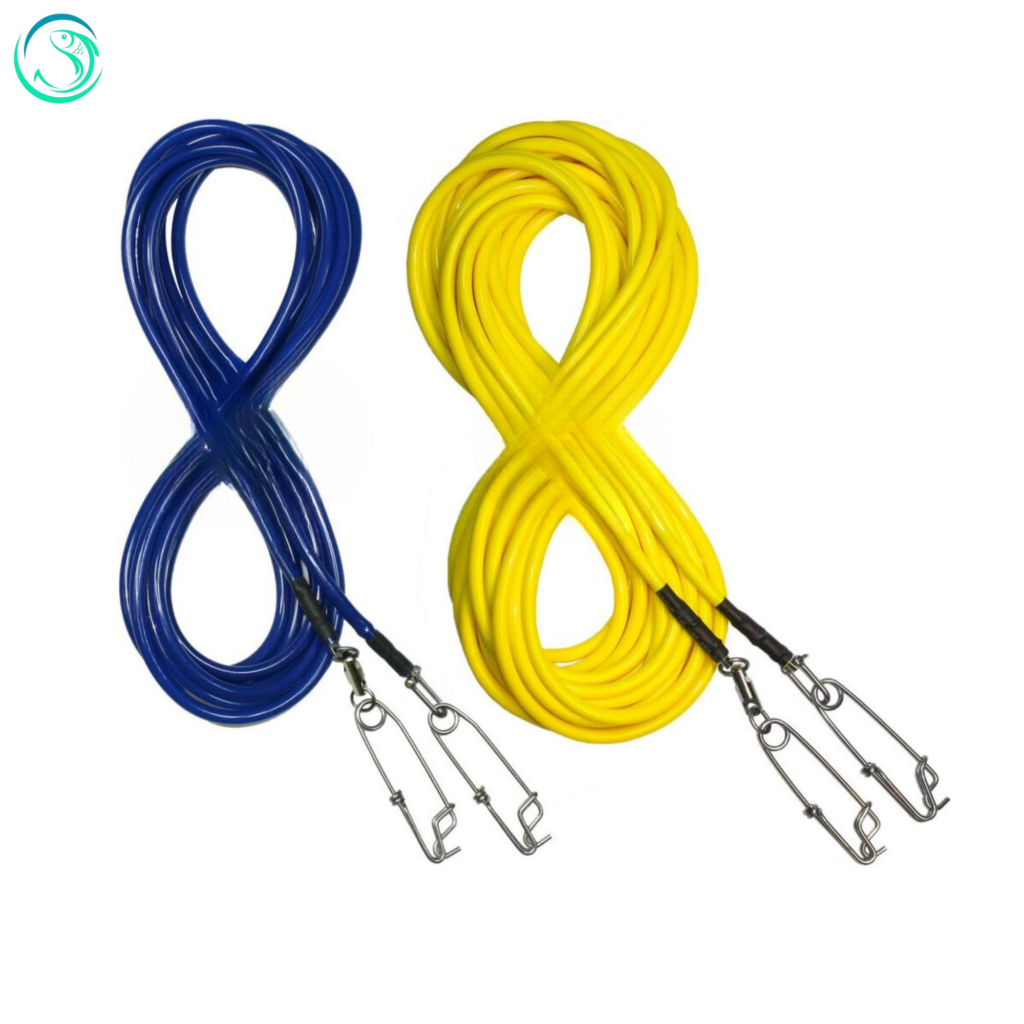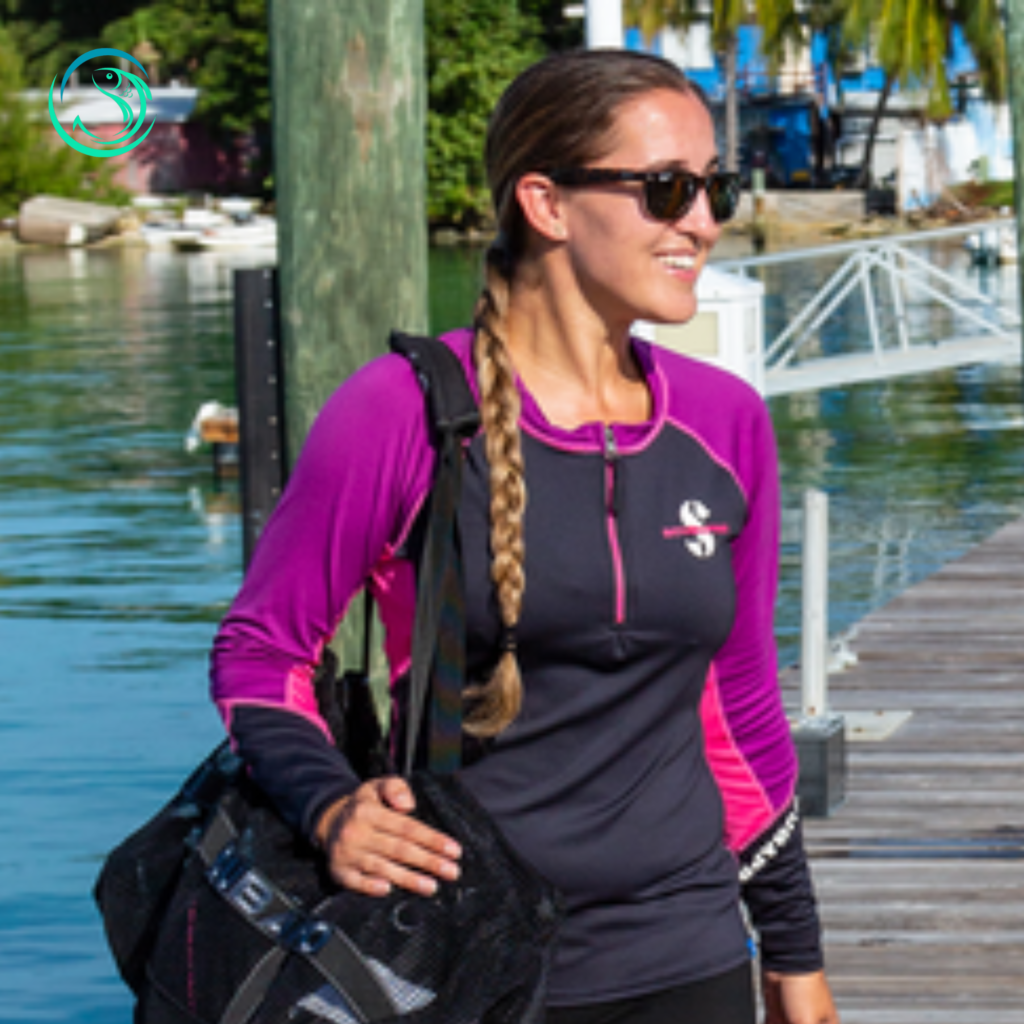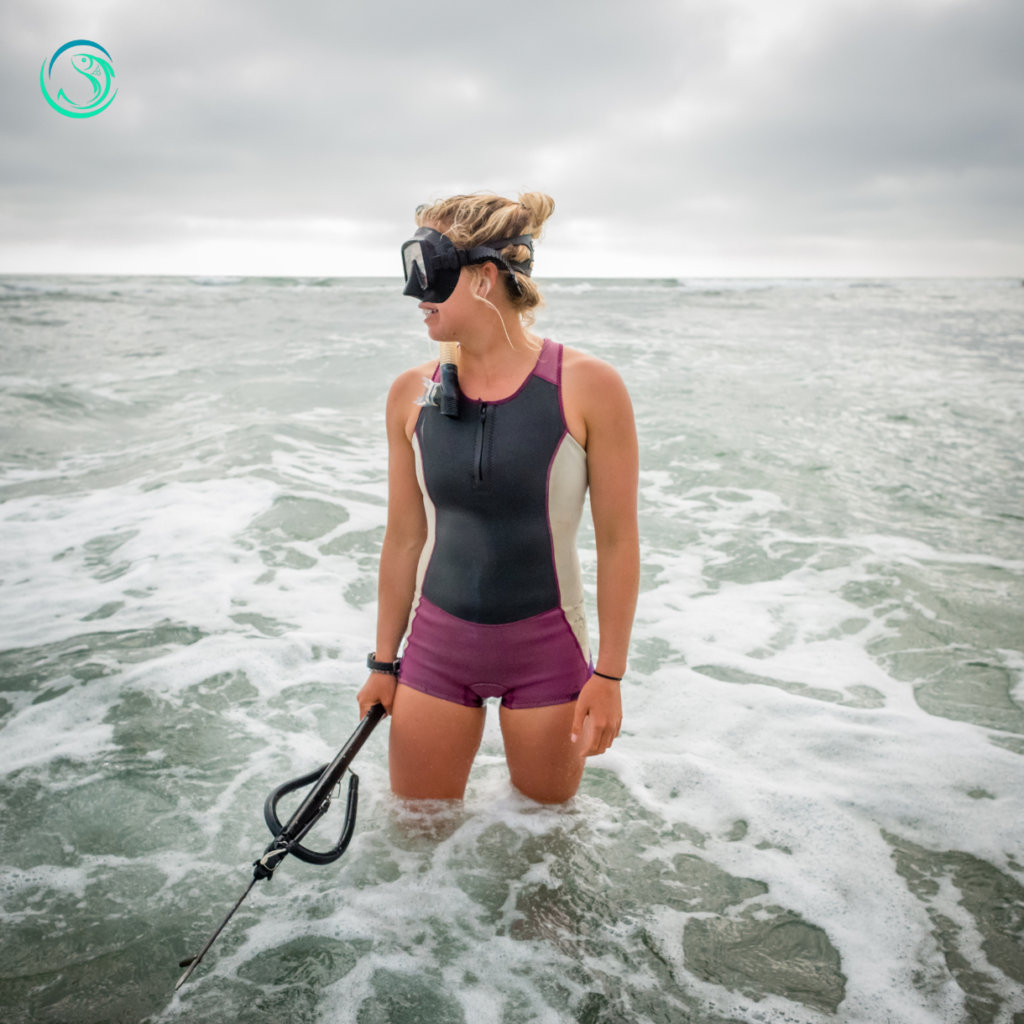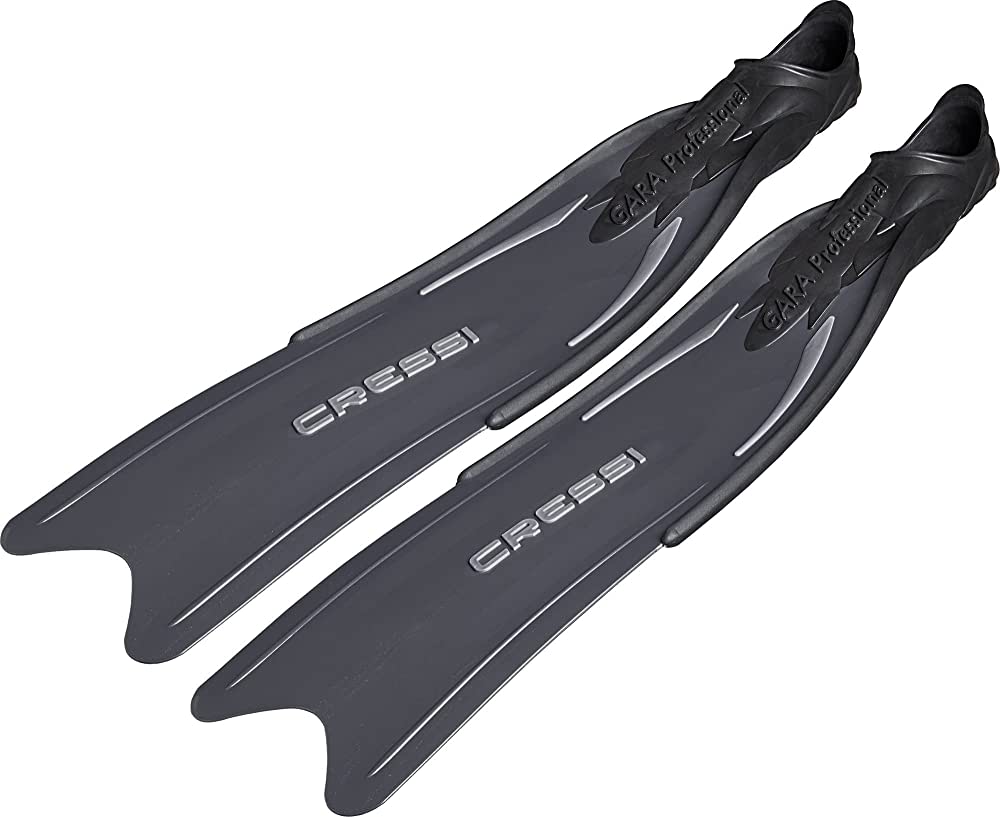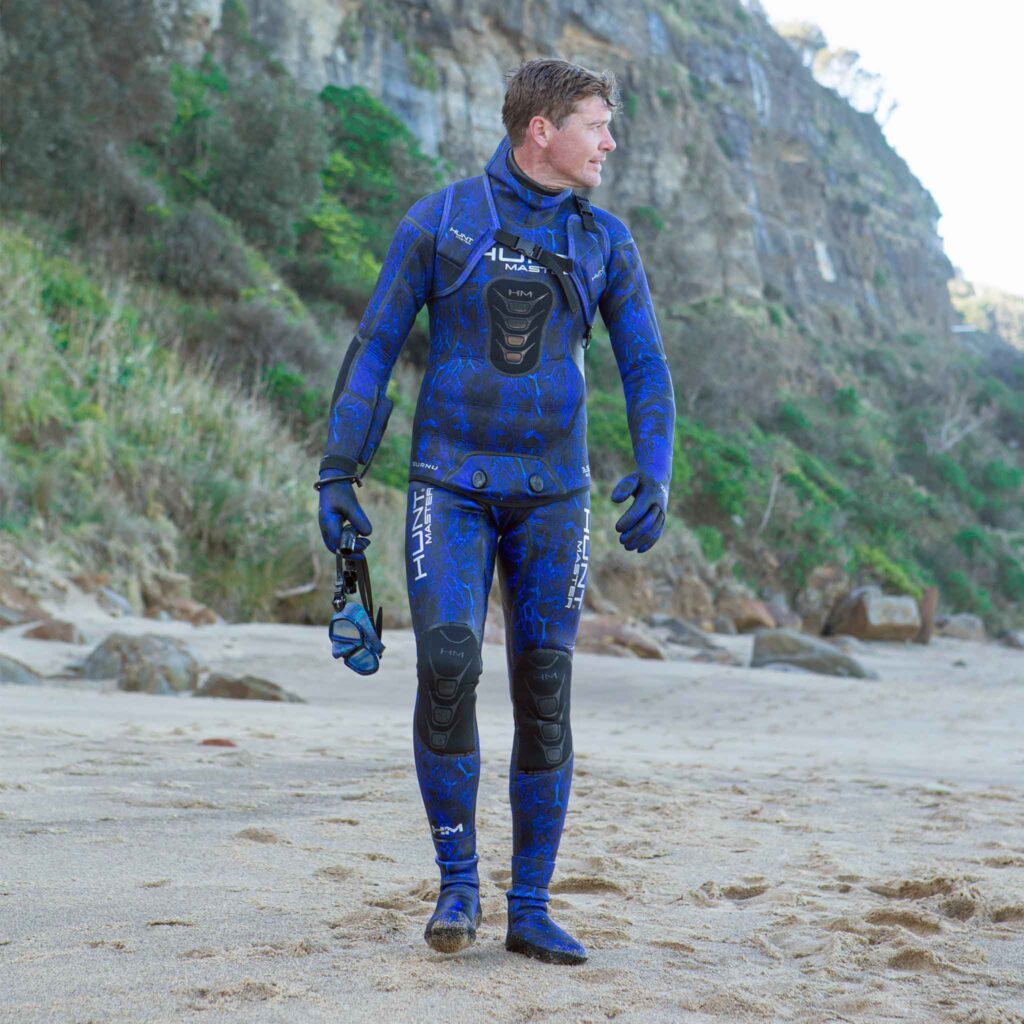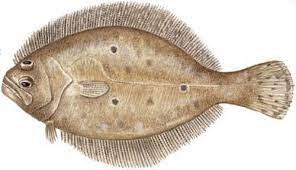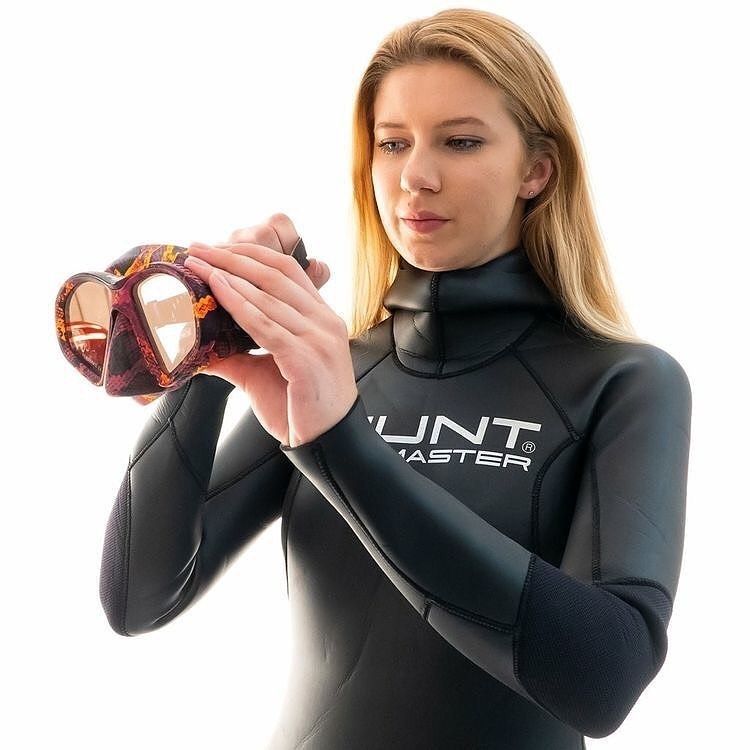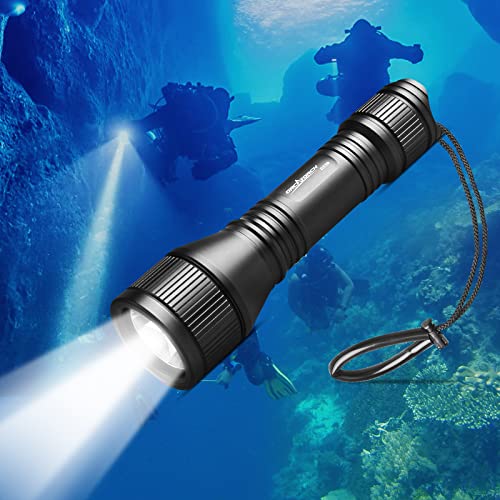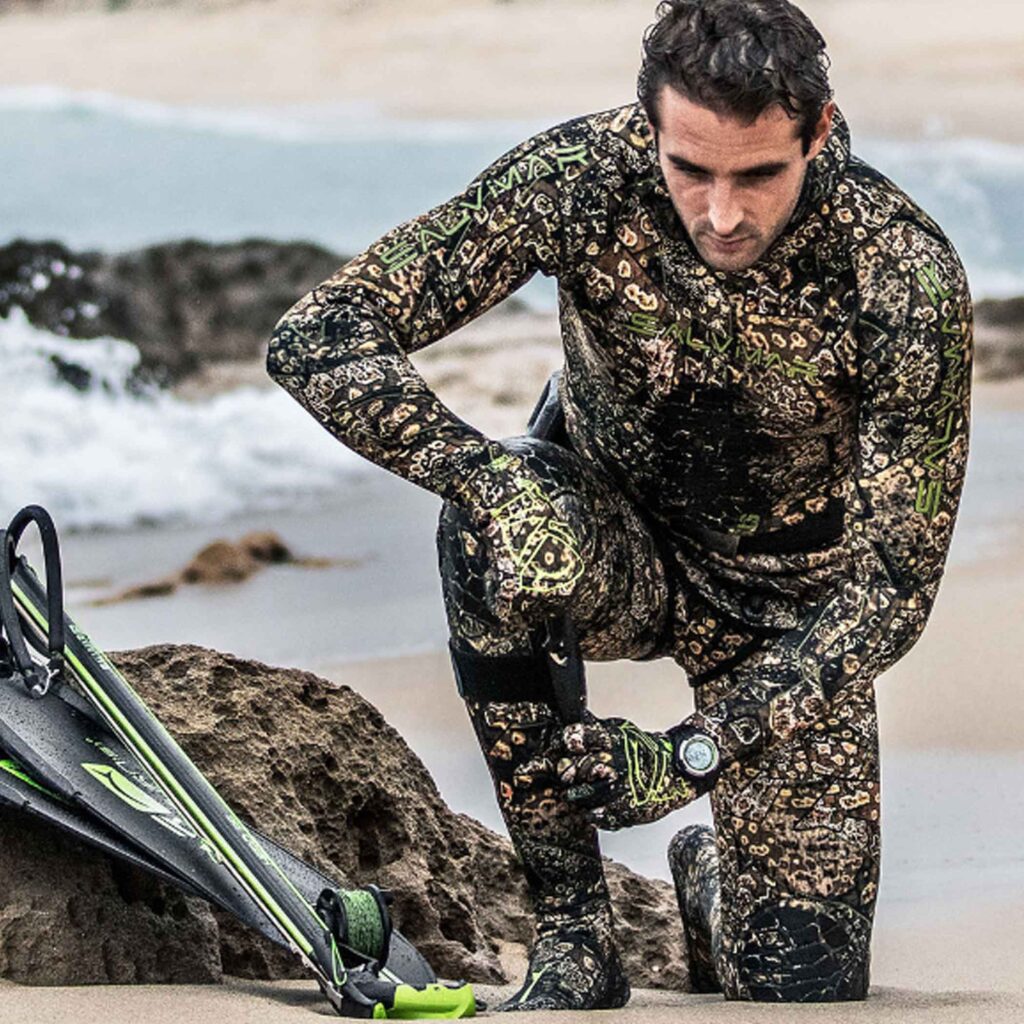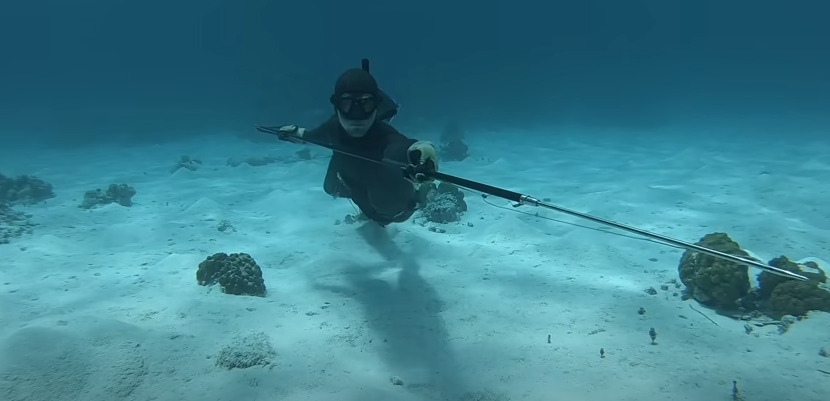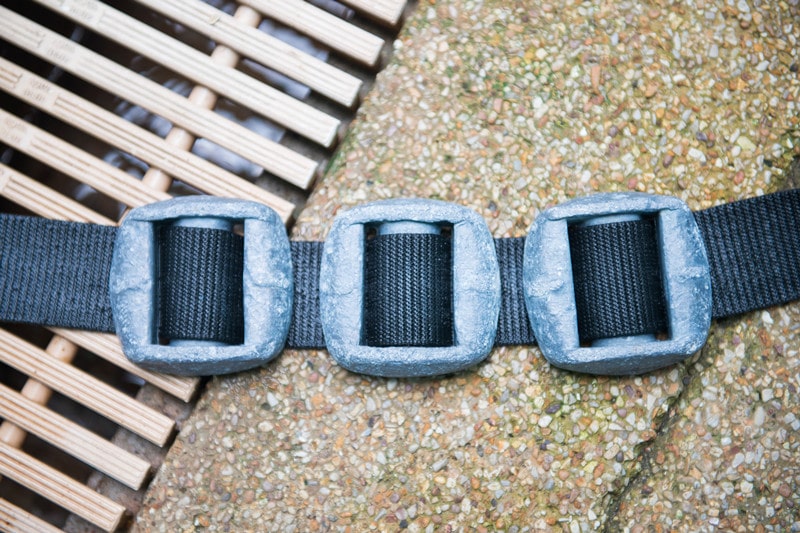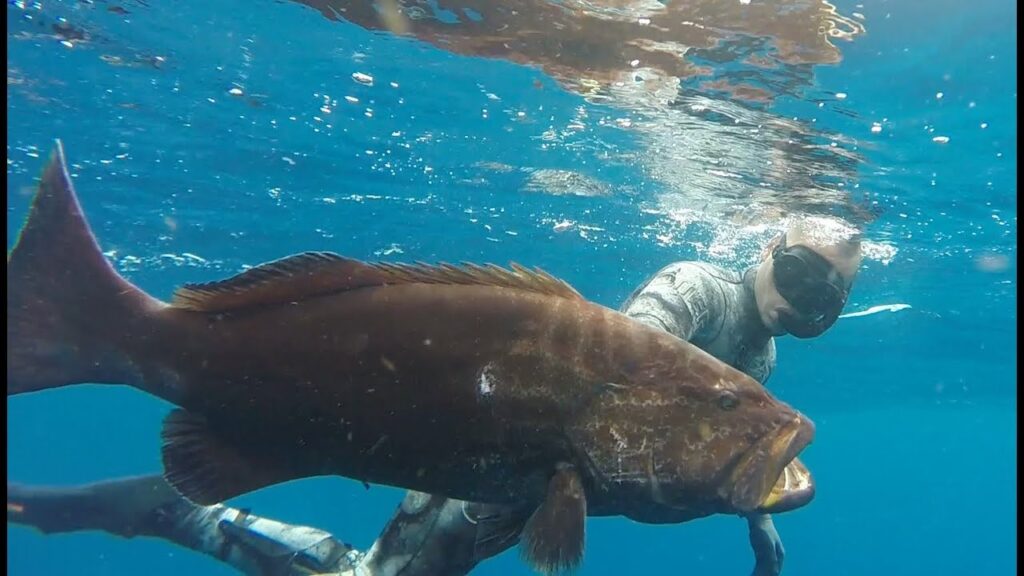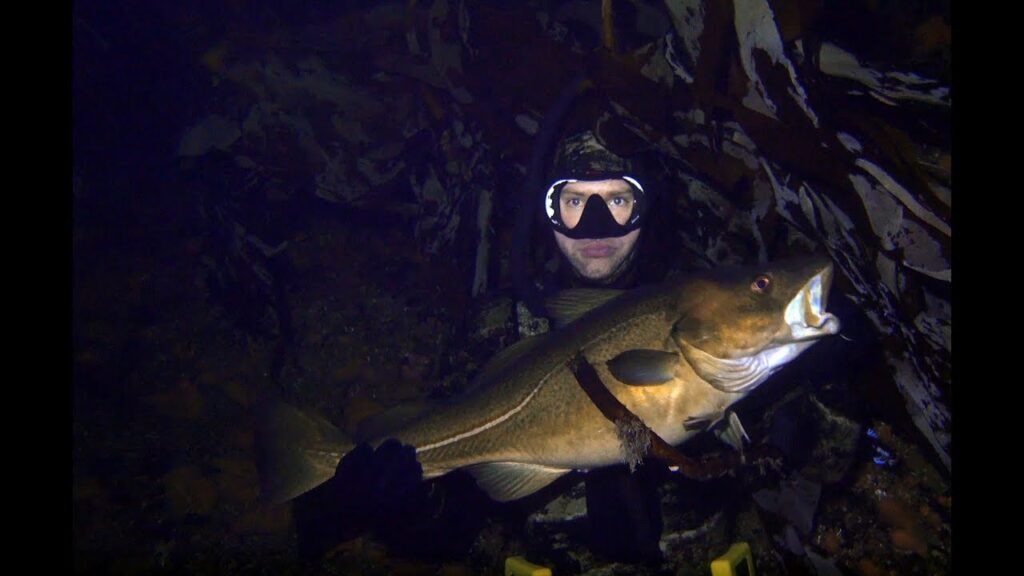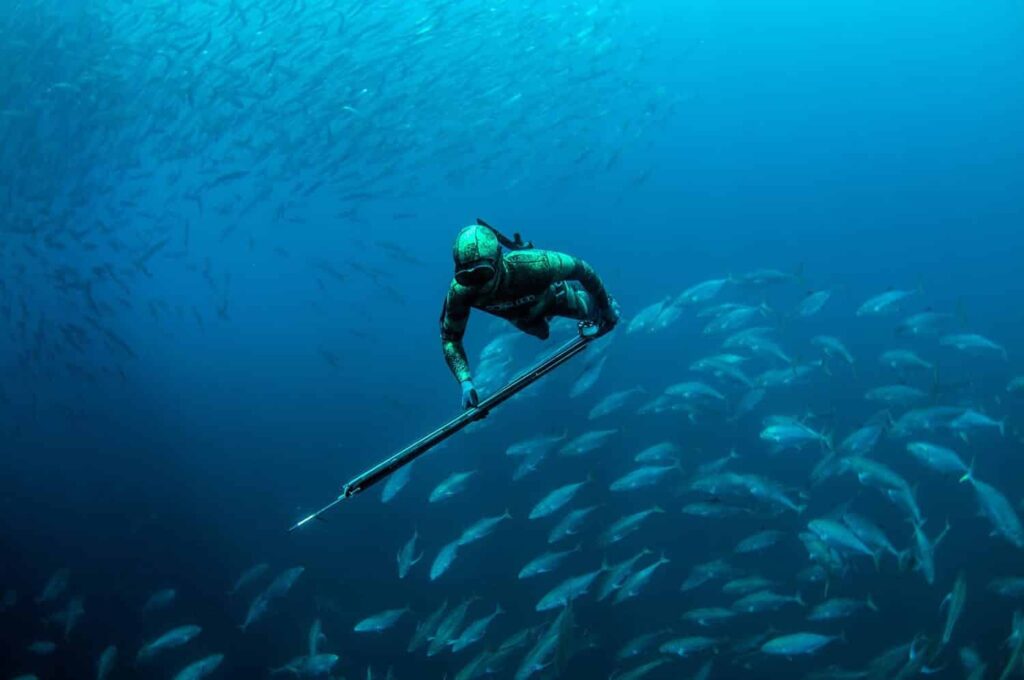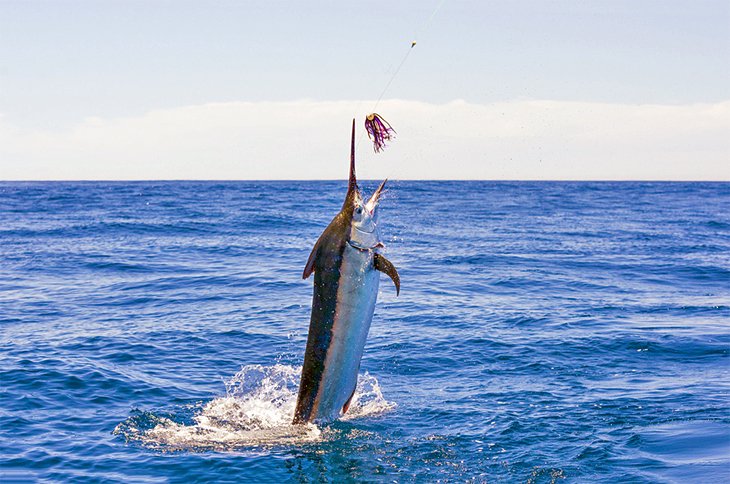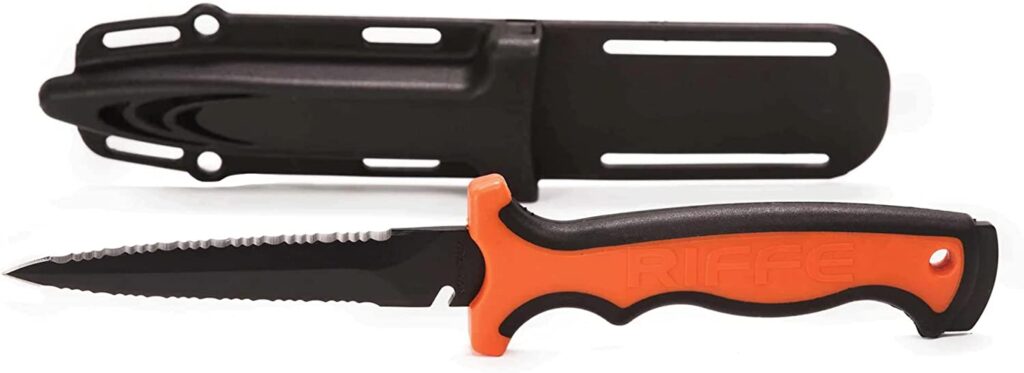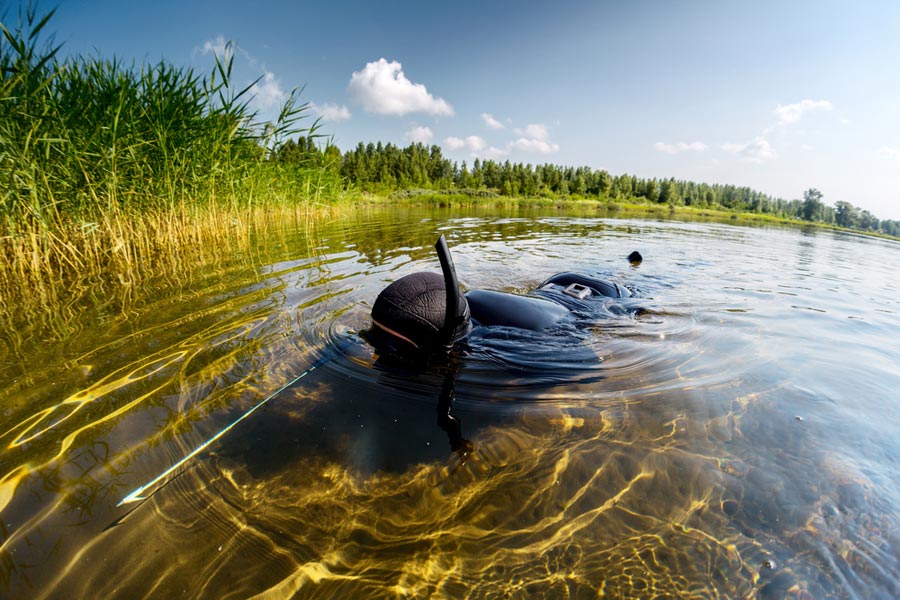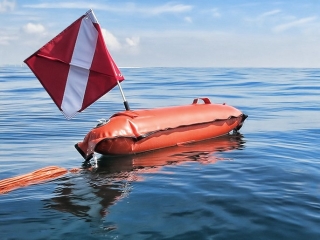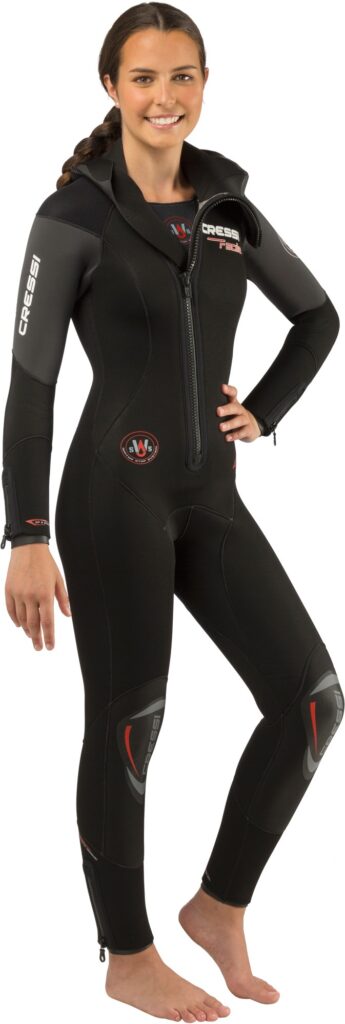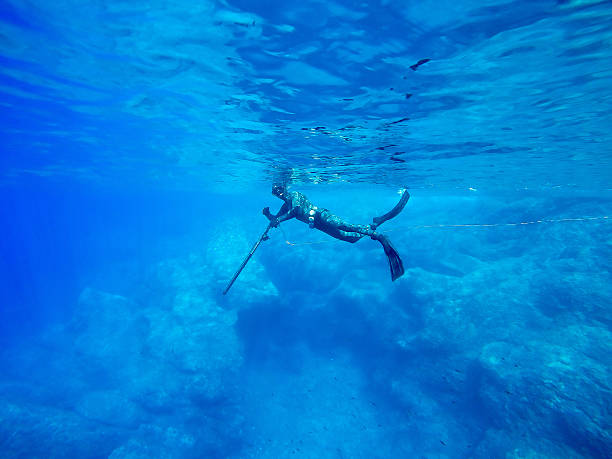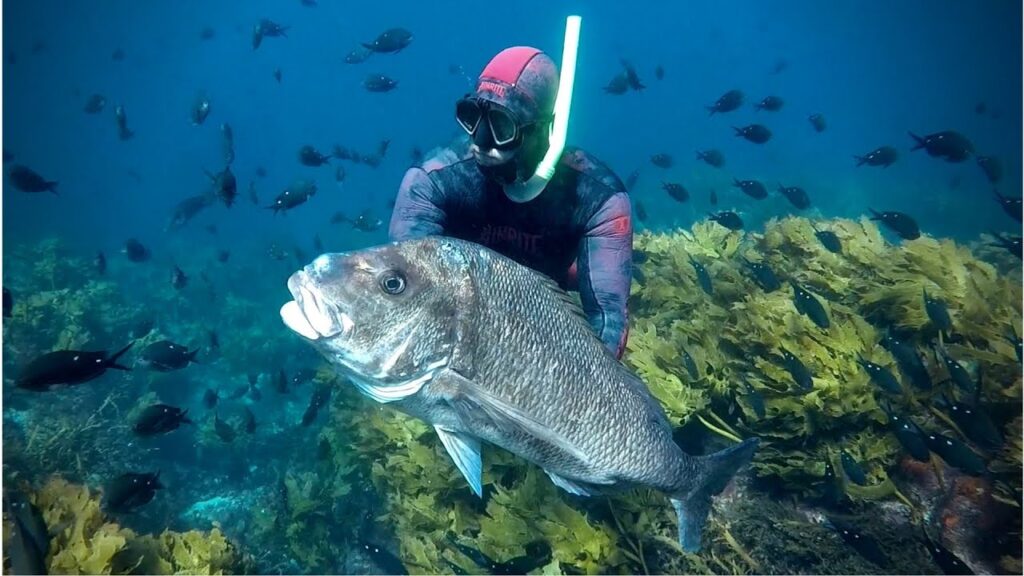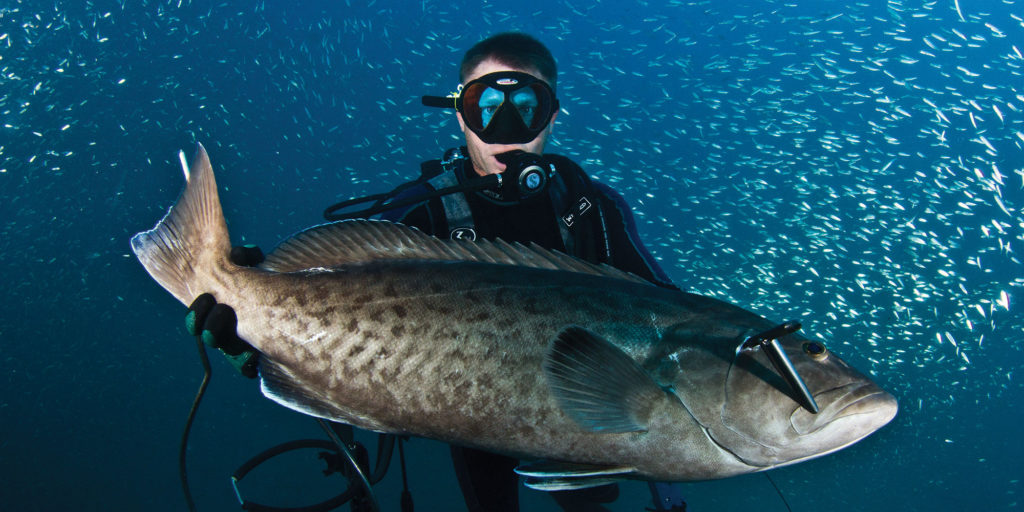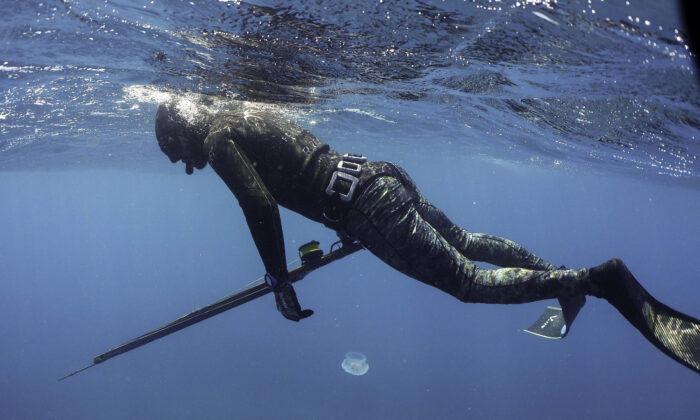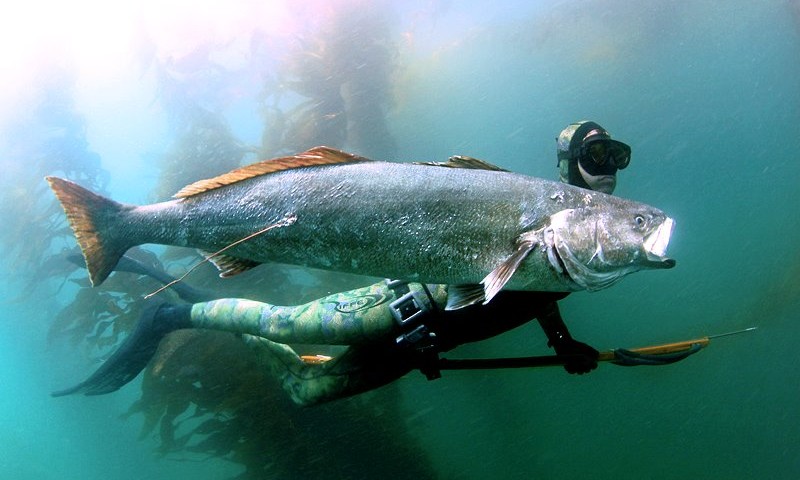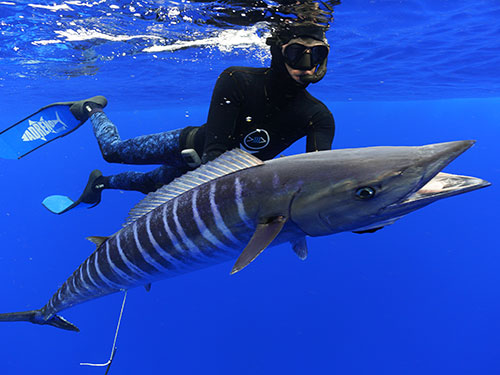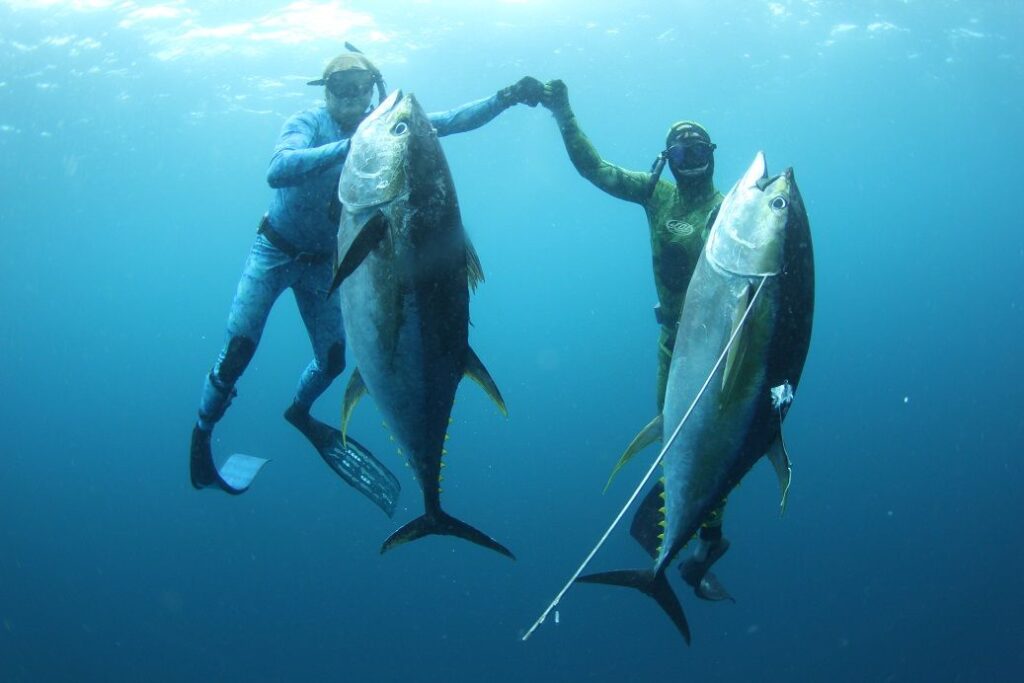Excited to know about the unsung hero of the spearfishing world? Well, it’s free diving belt!
Not only will it help you dive deeper, but it will also make your underwater experience safer and more comfortable.
But with so many weight belt options out there, how do you choose the right one for you?
Don’t worry, we’ve got you covered.
In this article, we’ll walk you through everything you need to know about free diving belts. From the different types available to the proper way to wear them, we’ve got all the tips and tricks you need to become a free diving belt pro.
So let’s dive in and explore the exciting world of free diving belts together!
Types of Free Diving Belts
There are several types of free diving belts to choose from, including weight belt harnesses, silicone weight belts, rubber weight belts, and more.
Each type offers its own unique benefits and drawbacks, so it’s important to consider your needs before making a purchase.
Weight Belt Harness
A weight belt harness is a type of free diving belt that features a series of straps that wrap around your waist and shoulders. This design distributes the weight evenly across your body, reducing the strain on your lower back and allowing you to dive deeper and longer.
Weight belt harnesses are popular among spearfishermen who spend long periods of time in the water, as they can help reduce fatigue and discomfort. They also allow for greater flexibility and mobility, making it easier to maneuver in the water.
Silicone Weight Belt
A silicone weight belt is a popular choice for both scuba divers and free divers. Made from durable, high-quality silicone, these belts are flexible and comfortable to wear for extended periods of time.
Silicone weight belts come in a variety of sizes and colors, allowing you to choose one that fits your body and personal style. They also feature a quick-release buckle that makes it easy to adjust the fit or remove the belt quickly in case of an emergency.
Rubber Weight Belt
Rubber weight belts are another popular option for free divers and spearfishermen. These belts are typically made from thick, durable rubber that can withstand the wear and tear of frequent use.

You can adjust rubber weight belts to fit your body shape and size as per your requirement. They also offer affordability as compared to other weight belts, making them a perfect choice for those on a budget.
How to Choose a Free Diving Belt
When choosing a free diving belt, there are several factors to consider. These include the type of diving you’ll be doing, your body size and shape, and your personal preferences.
Consider the Type of Diving You’ll Be Doing
For primarily free diving, consider using a weight belt harness or silicone weight belt to evenly distribute weight and reduce fatigue. This will allow you to dive deeper and longer.
If scuba diving or a combination of free diving and scuba diving is in your plan, a rubber weight belt is a better option. These belts can be customized to fit your body and preferences and are compatible with scuba diving gear.
Consider Your Body Size and Shape
When choosing a free diving belt, it’s important to consider your body size and shape. Some belts may be too big or too small for your body, which can affect your comfort and performance in the water.
Measure your waist and hips to determine the appropriate size for your weight belt. Look for belts that are adjustable and can be customized to fit your body shape and size.
Consider Your Personal Preferences
Finally, consider your personal preferences when choosing a free diving belt. Do you prefer a quick-release buckle or a traditional buckle? Do you prefer a specific color or design?
Take these preferences into account when choosing your weight belt to ensure you get one that you’ll be comfortable wearing and that meets your needs.
How to Wear a Free Diving Belt
Once you’ve chosen a free diving belt that meets your needs, it’s important to wear it correctly to ensure your safety and comfort in the water.
Start by putting on your wetsuit or other diving gear. Then, place the weight belt around your waist, positioning it where you want the weight to be distributed. Make sure the buckle is at the front of your body and adjust the fit as needed.
If you’re wearing a weight belt harness, follow the manufacturer’s instructions for adjusting the straps and attaching the weight pockets. Make sure the weight is evenly distributed across your body and that the harness is comfortable and secure.
When wearing a rubber or silicone weight belt, be sure to use weights that are appropriate for your skill level and the conditions you’ll be diving in. Start with a smaller amount of weight and add more as needed, gradually building up to heavier weights as you gain experience and confidence in the water.
How to Wear a Dive Knife with a Free Diving Belt
Many spearfishermen like to carry a dive knife for safety and convenience while diving. If you plan to wear a dive knife with your free diving belt, it’s important to choose a belt that allows you to attach the knife securely and comfortably.
Look for a weight belt that features a knife sheath or attachment point. When attaching the knife, make sure it is securely fastened and positioned in a way that allows you to access it easily in case of an emergency.
If you’re not sure how to wear a dive knife with your weight belt, consult the manufacturer’s instructions or seek advice from an experienced spearfisherman or diving instructor.
5 Other Essential Diving Safety Equipment for Spearfishing
- Diving Float: Enhance your free diving experience and stay safe underwater.
- Dive Knife: Cut through fishing lines or free yourself from entanglements underwater.
- Dive Flag: Alert other boaters to your presence in the water.
- Whistle: Signal for help if needed.
- Wetsuit & computer: Keep warm and provide protection against underwater hazards. Monitor depth and time underwater to avoid decompression sickness with a dive computer.
Bottom Line
Freedivers often use a technique called “stretch and breath” to increase their lung capacity and improve their diving performance. To achieve neutral buoyancy, they also use lead weights of varying sizes, which they sort and organize in their dive cart for easy access during their dives.
A free diving belt is an essential piece of gear for any spearfisherman or free diver. It provides the necessary weight to help you dive deeper and stay underwater longer, while also keeping you safe and comfortable during your dives.
When choosing a free diving belt, consider the type of diving you’ll be doing, your body size and shape, and your personal preferences. Make sure you wear the belt correctly and choose appropriate weights for your skill level and the conditions you’ll be diving in.
With the right free diving belt, you can enjoy a safer, more comfortable, and more successful spearfishing or free diving experience.
FAQs:
What is the difference between a free dive weight belt and a scuba weight belt?
Manufacturers design free dive weight belts specifically for free diving to enable greater mobility and flexibility in the water with their slim, streamlined design.
In contrast, scuba weight belts are thicker and more rigid as they are meant for use with scuba diving gear.
What is a silicone dive belt?
A silicone dive belt is a type of weight belt made from high-quality silicone. These belts are flexible and comfortable to wear for extended periods of time and feature a quick-release buckle for easy adjustment and removal.
Can I use a rubber weight belt for scuba diving?
Yes, rubber weight belts are compatible with scuba diving gear and can be customized to fit your body and personal preferences.
What is a weight belt harness?
A weight belt harness is a type of free diving belt that features a series of straps that wrap around your waist and shoulders. This design distributes the weight evenly across your body, reducing the strain on your lower back and allowing you to dive deeper and longer.
Do freedivers use weight belts?
Yes, freedivers use weight belts in freediving to help them achieve neutral buoyancy and stay underwater longer.
How much weight should I use for a scuba weight belt?
For the perfect scuba weight belt, “one size fits all” doesn’t work. Body size, wetsuit thickness, and gear weight matter. Seek guidance from a knowledgeable scuba instructor to determine the ideal weight. Also, choose a durable nylon weight belt for comfort and performance during dives.
Why must a diver wear a weight belt?
A diver must wear a weight belt to help them achieve neutral buoyancy in the water. Without a weight belt, a diver would be too buoyant and would struggle to dive below the surface.
Do scuba divers still use weight belts?
Yes, scuba divers still use weight belts to help them achieve neutral buoyancy and stay at a comfortable depth while diving.

